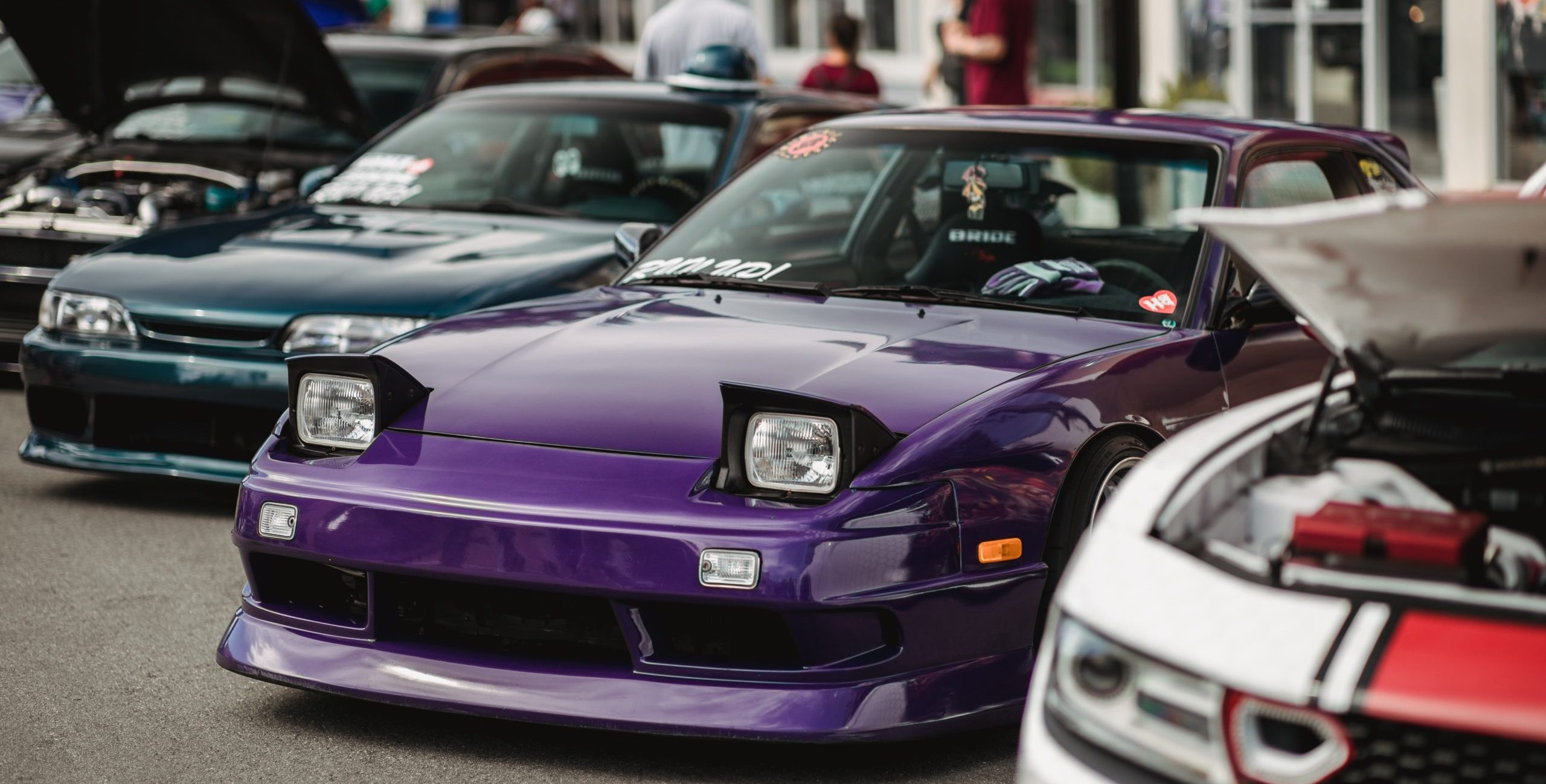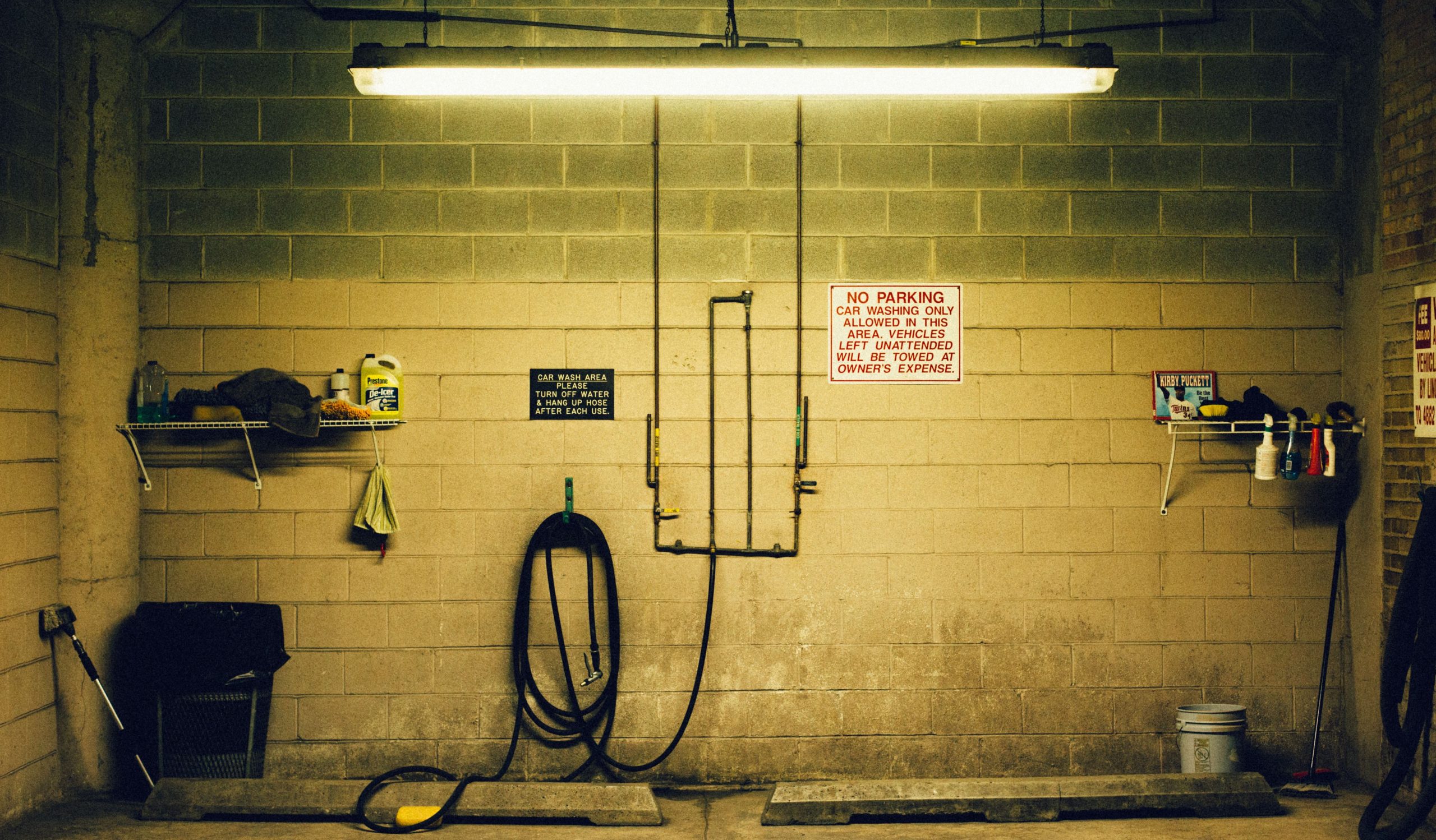Using a clay bar to remove imperfections and get your paint looking and feeling silky smooth
Completing a decontamination of the exterior of your car is a great way to get the gloss back in your paint and remove any impurities from the surface of your car elongating it’s life. I cannot tell you how satisfying it is to feel the difference in texture of the paint before and after you decontaminate.
For background the decontamination step is necessary to get any deeply embedded contaminants off the surface of your car. These contaminants could be industrial fall out like metal shavings or commonly iron filing put into the air from brake wear. They can make paint look faded and lack luster due to interrupting light as it reflects off the surface of your car. Even worse embedded metal material can act as a gateway for moisture to penetrate the protective paint layer and allow rust to form. Rust is typically irreversible once it has started, so best we remove these minor imperfections asap. This also aids in the protection phase, creating a uniform surface for wax and sealants to create the strongest bond.
There are two types of decontamination which I recommend when doing an initial detail, a chemical decontamination, and a mechanical decontamination. Both should be completed for best results, but if on a budget mechanical decontamination with a claybar will be the best value for you.
How to Tell if You Need to Decontaminate?
There are a few simple ways to tell through inspection but first ask your self – has it ever been done in the life of your vehicle? If that’s a hard no then it’s probably a good time to dive into it. For the more detail oriented, contamination can be spotted through visual and physical inspection. On a lighter colored vehicle, you may notice tiny orange specks, the contaminates rusting, or on darker vehicles a faded lack luster finish to the vehicle.
A thorough test would be to physically feel the surface of the vehicle after a good wash. Does it feel rough or gritty on your skin? When you wipe the surface with a microfiber does it glide smoothly or feel like it’s getting caught up on the surface? An old trick to get a good feel of the issue is to use a thin latex glove or even put a ZipLock sandwich bag over your hand before running it over the wet surface of your vehicle. Using this method, you will really feel everything embedded on the surface.
Chemical Decontamination
A chemical decontamination is always a good first step in the decontamination process. The reason we complete this step prior to mechanical decontamination is to allow the chemical process to do as much of the work for you as possible. An Iron fallout remover such as IronX will react with iron stuck in the clear coat of your paint and dislodge or dissolve it. Simply spray the product over the entire car, let it dwell on the surface for a short period and then rinse off thoroughly. A lot of these Iron fallout products show they are working through a change of color. If the chemical reaction is working its magic, you might see purple liquid dripping off your vehicle.
Steps:
- Post wash, rinse the car thoroughly and leave the surface damp
- Spray the entire car with the decontaminant generously
- I hit the paint, glass and wheels
- Avoid plastics and rubber, some overspray and drip down is inevitable so don’t worry
- I would avoid applying these chemicals in direct sunlight
- Allow to dwell on the surface for a short time
- Generally, follow the product manufactures guidelines
- Do not allow the product to dry on the surface as it can be a pain to clean up
- Rinse very thoroughly to ensure the product is diluted in strength and fully washed off the surface
Other types of useful decontaminant products are tar and sap removers. These may be useful to you based on your environment or state of your vehicle. I wouldn’t use these during a typical decontamination but as a spot treatment if needed.
Avid Tip: These chemicals can be really harsh so make sure you wear proper protective gear (Mask, Gloves, Safety Glasses) when handling and follow the manufacturer specific process to make sure you do not damage your vehicle.
Mechanical Decontamination
Using a clay bar is the number one method to complete a physical decontamination on your car. It’s simple, its effective and its cheap. A clay bar is just a malleable putty which detailers use to remove contaminates from the surface of your vehicle. Particulates stick to the clay as you glide it over the surface and become permanently embedded in the bar rather than your car.
A consumer clay bar kit is a great buy for a beginner, typically packaged with the clay are a couple microfibers, and a quick detailer spray or clay lubricant which is integral to the process. You can always buy these separate if you want something a bit more premium. An AutoScrub is another great way to go. They do the same job but in a slightly different form factor. These sponges grab the contaminates from the surface and have the bonus of being reusable. I have transitioned to using these over a traditional clay bar. I find they are easier to handle and better contour to the shape of the vehicle.
You may want to go with the clay bar if you’re in bad shape because they can be slightly more effective than the sponge overall. When using a clay bar you will only need a small piece at a time. You can knead the clay until it becomes soft and flatten it between your hands to get larger working surface.
If you don’t have a specially formulated clay lubricant on hand a simple solution is to use a mix of car washing soap and water. Mix the two in a generic spray bottle with a generous addition of soap.
Steps:
- After you have washed and chemically decontaminated the car move panel by panel to physically decontaminate
- Don’t forget this works equally well on exterior glass
- Spray the work surface and clay liberally with lubricant
- Glide the clay or sponge quickly back and forth over the surface in short strokes
- You can be very light with the pressure here, it is more important to keep moving and to work every inch of the surface
- If you feel any resistance between the clay and surface apply more lubricant to both
- Check your work
- At this point you should naturally feel the clay sliding over the surface much easier than when you started
- Double check your work with your hands and keep working until it feels smooth
- Rinse the lubricant off of the surface before you move to the next step
- You don’t necessarily need to do this if you plan to wash or polish the car next.
- It can dry streaky If you don’t wipe the surface clean.
- Check the Clay / Sponge
- If the clay is starting to look dirty you can knead or fold it to expose a clean surface.
- If the clay is looking very dirty grab a fresh piece.
- Simply rinse any particulates off the sponge before continuing
- Rinse the entire car off one last time and dry the car thoroughly for a nice finish.
Avid Tip: If you drop the clay at any point during the process just throw it out and grab a fresh bit. You definitely won’t want to continue if it happened to pick up dirt or stones.
How Often Should I Decontaminate?
Decontaminating can be done as often as necessary, I would typically do it once a year, maybe every other if it doesn’t seem out of hand. It’s pretty easy to tell when its time by visually or physically inspecting. If it looks or feels like there is an abundance of contamination, it’s time to correct that.
Claying your car often should not cause any abrasive damage, if you are making certain to use it correctly. That being said, slight marring of your paint is definitely a possibility if you are not careful, this will require paint correction or a polish to buff out.
What next?
After you’ve completely decontaminated your car it is a great time to complete a polish or apply a sealant. A polish is best done when your car is completely stripped and decontaminated. A wax or sealant will fill in any gaps where the contaminants once were and provide an additional layer of protection stopping future pollutants from embedding directly in your paint. Wax works best on a smooth surface where it can create the best bond and a more resilient structure uninterrupted by impurities.



